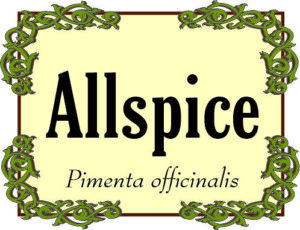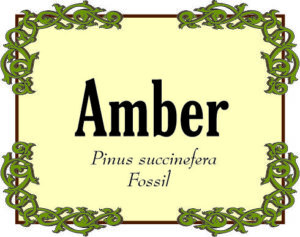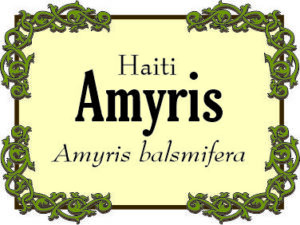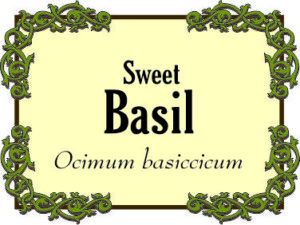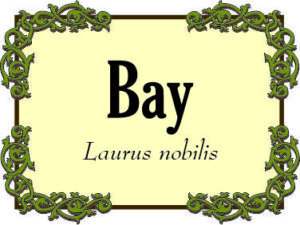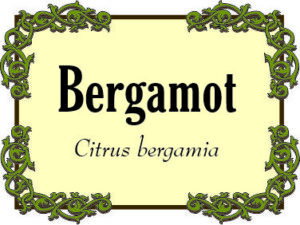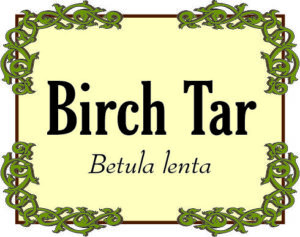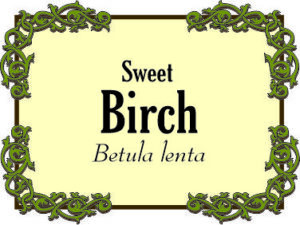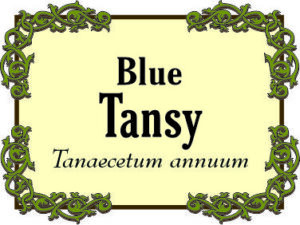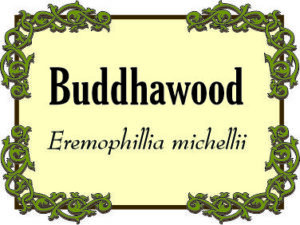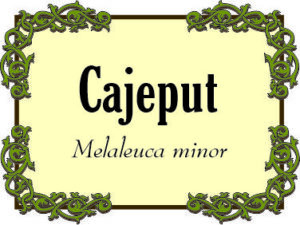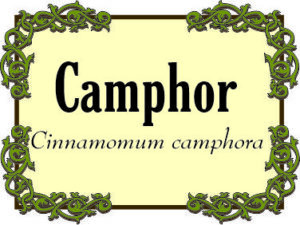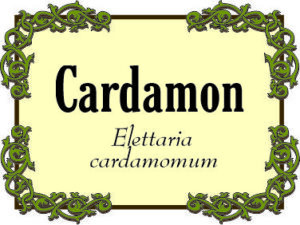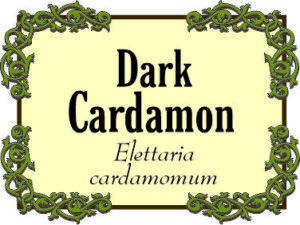

Allspice
This essential oil's aroma is similar to a mixture of pepper, clove and cinnamon....it is spicy and warm. Allspice is stimulating and vitalizing. It's debatable whether it should be used in massage since it is such a powerful oil. May irritate the skin and mucous membranes. A very warming oil, gets the circulation going. Allspice gets along well with frankincense, ginger, lemon and orange.
Amber Essential
A pricey oil, but it is rich and acts as a great grounding tone to blends. Just a wee bit goes a long way.
Amyris
This steam distilled essential oil is commonly referred to as West Indian Sandalwood oil; however, it is not a true replacement for Sandalwood essential oil. The oil is extracted from wood chips of the tree. Its aroma is sweet and smoky and is used as a scent fixative in perfumes and in soaps. You will find among its properties when used in aromatherapy: Antiseptic, balsamic, sedative, calming and an aid to stress relief. Many believe that it has sedative properties and assists during meditation.
Angelica Root
Can be referred to as Holy Spirit Root. Helpful for digestive issues, as well as the respiratory system.
Anise, Star
This essential oil offers a spicy, warm, licorice-like aroma.
Balsam, Peru
From the Myroxylon tree, literally meaning "Fragrant Wood". Can help with skin problems. Blends well with Chamomile, Roman.
Basil, Holy
Holy basil essential oil, Ocimum sanctum, is considered a sacred plant in Hinduism. It has been used medicinally for centuries in India to help ward off illness and to aid in digestion. Holy basil essential oil is a main remedy in ayurvedic medicine to promote good health and well being. The plant has anti-inflammatory, antimicrobial and anti-spasmodic properties. The strong herbaceous scent blends well with citrus oils and florals. Use well diluted when using on the skin, no more than a 1-2%.
Basil, Sweet
Totally unlike the herbal basil oils normally seen, India's Holy Basil has a rich, spicy aroma because it is high in Eugenol, the phytochemical that gives cloves and our new cinnamon leaf their distinctive notes. Because of its chemical content, this Basil may be a strong irritant and should be used in very low dilutions.
Bay Laurel
Herbaceous, slightly camphoraceous, and warm. Traditional Use: Bay oil was very popular with the Romans, who thought Bay was a symbol of wisdom, peace and protection. Properties: Analgesic, antibacterial, antifungal.
Benzoin
Has a sweet, warm, vanilla-like odor that is long lasting and makes it an excellent fixative. Therapeutic properties of benzoin: Antibacterial, antifungal; seals wounds from infection; counteracts inflammation; decreases gas, indigestion, and lung congestion; promotes circulation; and is an antioxidant and deodorant. Effective against redness, irritation, or itching on the skin, benzoin's most popular use is in a cream to protect chapped skin and improve skin elasticity. Since it is also a strong preservative, adding it to vegetable oil-based preparations delays their oxidation and spoilage.
Bergamot*btf free
Our Bergamot does not contain bergapten. Use to reduce stress, depression, anxiety, or insomnia. The fragrance is fresh, green, fruity, and cleanly refreshing. It mixes well with other scents, brightening a heavy aroma and balancing a floral. Bergamot is similar to lavender in its ability to relax brain waves when inhaled.
Birch Tar
Birch Tar has been known to help with the treatment of eczema and psoriasis. The scent is reminiscent of tar, charred wood and smoke. Many have compared it to the scent of a campfire.
Birch, Sweet
Sweet Birch oil blends well with other woody and balsamic essential oils. Birch Oil contains Metyl salicylate, the major constituent, is not exactly toxic but can be very harmful in concentration. Dilute to 1-2% before use.
Blue Tansy
Blue Tansy essential oil has a high content of chamazulene, which gives Tansy oil its characteristic blue color. Induces relaxation and can be used to ease nervous tension and stress. Blue Tansy is also used as an anti-inflammatory and is a must in blends for burns, sunburns and bruises. It is said to be beneficial for allergies and is most effectively used as an inhalant in a diffuser or you can also put a couple of drops on a handkerchief and inhale. As an anti-inflammatory, it is also quite useful for asthma, blend it with some Ravensara for best results. Blue tansy, like the blue oils, is used for sore muscles, sprains and strains, arthritis, rheumatism, and sciatica. Also known as Moroccan Chamomile. This Chamomile, which is classified botanically as a member of the Tansy family, has the most chamazulene of all the blue oils, and is characterized by an intensely sweet herbal scent and deep blue color. The anti-inflammatory effect is significant, though it is not as pronounced as CO2 extracted German Chamomile. Nonetheless, it is an effective alternative to the German Chamomile in many formulations, and has value as an excellent natural anti-histamine. This would make it very suitable for working with allergic reactions such as hay fever, asthma and hives. Generally non-irritating and non-toxic, however it has not yet been formally tested. This is not a food grade item and should never be taken internally. Keep out of reach of children and pets.
Buddhawood
A good substitute for Sandalwood oil. The scent is woody, mossy, and mild with subtle leathery-smoky notes. Though not powerful, the aroma has decent tenacity and remains balanced throughout. It is not as sweet as sandalwood or cedar atlas. We are not aware of any therapuetic properties of Buddhawood, however it would be great for meditation. The scent is woody, mossy, and mild with subtle leathery-smoky notes. Though not powerful the aroma has decent tenacity and remains balanced.
Cade
Cade has a unique aroma in that it is an oily, leathery, black smoke odor. It is most known to be helpful for skin irritations, especially dandruff, bad skin, and greasy hair, and is commonly used in hair and scalp formulations. It is also used in soaps for eczema and itchy skin as well as ointments and salves for a variety of skin problems such as psoriasis.
Cajeput
Native to Australia, Cajeput helped the Australian Aborigines as an anti-septic. Has fresh, herbaceous, and fruity aroma.
Camphor
Camphor essential oil is often used for Depression, insomnia, shock, respiratory problems, oily skin and pains. Apply immediately in a cold compress to reduce swelling of bruises and sprains. Camphor has a strong, penetrating, fragrant odour, and is slightly cold to the touch, like menthol leaves; locally it is an irritant, numbs the peripheral sensory nerves, and is slightly antiseptic. Blends well with the following essential oils: frankincense and neroli (orange blossom). Anti-inflammatory, antiseptic, antiviral, bactericidal. Dilute before use, Do not use if pregnant.
Cardamon
Referred to as the "Queen of Spices". Has a warm and spicy aroma.
Cardamon-Dark
Cardamom, Dark oil has a sweet, spicy, warm aroma with balsamic, woody middle notes. This is a special small batched distillation that's much darker than typical Cardamom oil. Cardamom oil blends well with Bergamot, Ylang Ylang, Labdanum, Cilantro, and woody oils.
Carrot Seed
Woody-earthy, slightly spicy, strong, fruity, warm, herbaceous and musky. Refreshing and stimulating. Active. Clearing and comforting. Great in skin care (revitalizing and toning) and considered one of the best Essential Oils for Mature Skin. Great with citrus and evergreen type oils, Frankincense, Lavender, Rosewood, Blue Cypress, Geranium etc.
Cassia
Cassia essential oil, Cinnamomum cassia, has a sweet, spicy-hot fragrance. It is a physical and emotional stimulant and gets the blood and mind in motion. Affect the libido and is known as an aphrodisiac, as well as an antidepressant. Aroma in a room reduces drowsiness, irritability, pain and frequency of headaches. Makes a warming liniment to relax tight muscles, ease joint pain, menstrual cramps, and increase circulation. Cassia blends well with the following essential oils: balsam peru, caraway, chamomile, frankincense, ginger, nutmeg, rosemary, Geranium, black pepper, and all the spices, coriander, and citrus oils. Cassia Oil Cautions - Can be a skin irritant, redden, and even burn sensitive skin so use carefully, dilute, dilute, dilute. Use at 1% dilution and do not use on children under the age of 12. Avoid in cosmetics and during pregnancy. Dermal toxin.
Cedarwood, Atlas
This is a true cedar from the family Pinace, also known as Atlantic cedar and Moroccan cedarwood. This oil is quite different from Virginian cedarwood. Its sweet, woody aroma with a camphoraceous note improves as the oil ages. It would make a good hair tonic and effective for treating seborrhoea of the scalp, dandruff and alopecia. It is also used as a fixative in the perfume industry. Cedarwood Atlas is calming and soothing with sedative effects similar to Sandalwood. This oil is considered neurotoxic and abortive and should not be used on children and pregnant women. Blends well with bergamot, clary sage, frankincense, oakmoss and rosemary.

